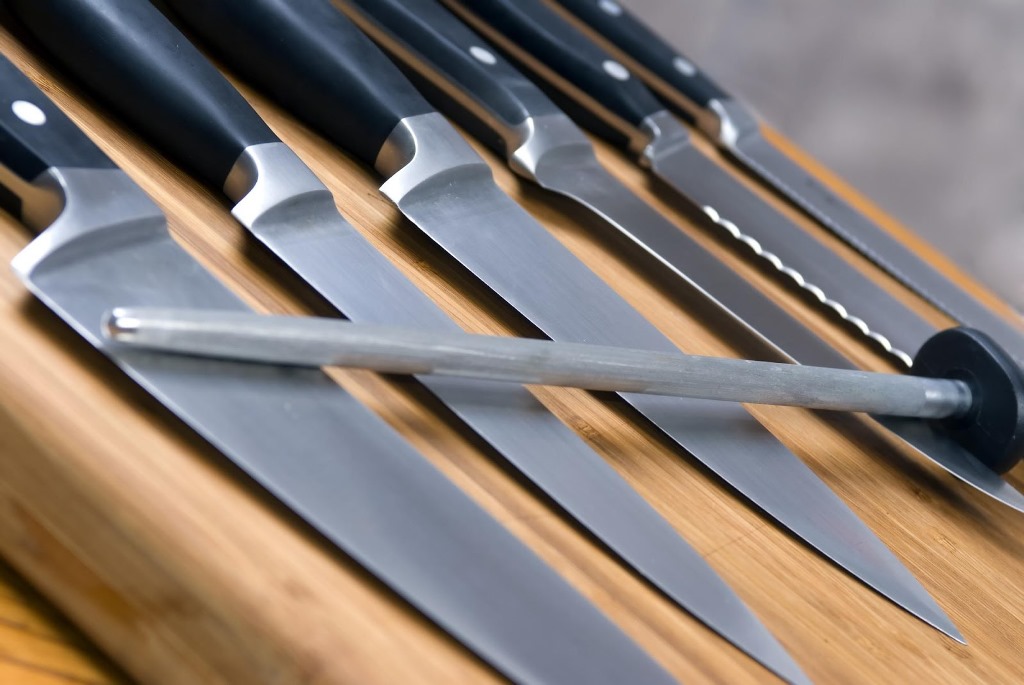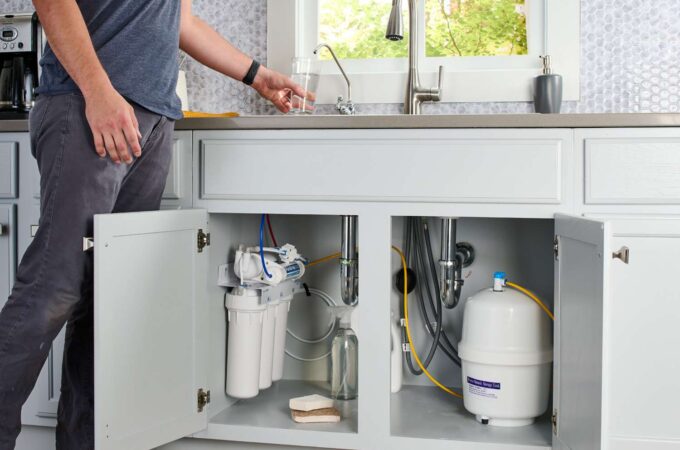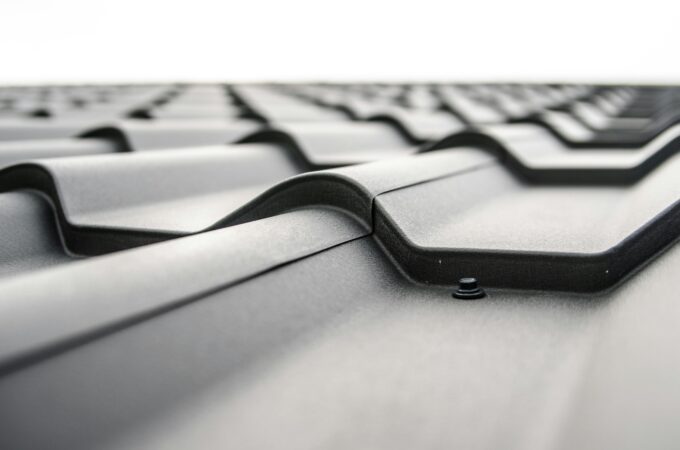
You’re a Knife Noob: 10 Must-Know Beginner Knife Safety Tips
Knife related injuries are a more common reason for emergency room treatment in the United States than you might think. At a rate of 1190 knife-related injuries per day, knife wounds are a familiar sight for medical professionals. Wherever knives are used, there’s a risk of injury.
Are you worried that you’re going to hurt yourself with a knife? It’s all-too easy to do. Read this article to learn must-know beginner knife safety tips.
Why Do You Need Knife Safety Tips?
The diversity of uses and types of knives make this tool one of the most adaptable you’ll ever use. Knives are found in commercial kitchens, warehouses, and construction sites. As a work tool, they pose a threat to safety at work and so training in their safe use is essential.
They are used for camping, fishing, and hunting. This leisure use means that they are often used by people who have received no training in their safe use.

Knives are also an essential tool in the domestic environment. Home cooking and home improvement are both activities where knives play a part.
Knives are also collected and used as an attractive, perhaps iconic, object of desire. They have an attraction because of their heritage and design. The best Ontario knives fit this description perfectly.
Sadly, in the wrong hands, knives can be used for criminal and violent ends. In evil or foolish hands, they are the cause of much pain and suffering.
Knives are everywhere and because every knife has the potential for harm, safety tips are needed to reduce the risk of nicks, cuts, and worse.
1. Steel Sharp
Sharp knives cut effortlessly. It takes little effort and that is why a sharp knife is a safer knife. A blunt blade makes you apply more pressure and so makes it more likely that the blade will slip and cut you.
Have a routine of sharpening your knife. How often you need to do this depends on the knife, what you use it to cut, and how often you use it. Don’t wait until your blade is blunt to sharpen it.

Have a regular habit of sharpening your knife using a sharpening steel. Many commercial kitchen knife users will sharpen their knife every time they use it. This might seem like a lot of sharpening, but it’s not enough.
Using sharpening steel only helps keep the burrs that form along the blade aligned. It preserves the blade’s sharpness for a while but it’s no substitute for proper sharpening.
2. Sharpening Stone
An annual service of your knife must include sharpening with a whetstone. You might have this done professionally but you could buy your own whetstone and learn to do it yourself. The skill involved in using a whetstone can take some time to learn but it will mean you can maintain your own knives.
Don’t be tempted to use electric sharpeners. They are likely to remove too much metal and will reduce the life of your knife.
Having the job done by a professional is not expensive given that it is not something you need to do frequently. It will mean that your knives will be safer, last longer, and a joy to use.
3. Choose Wisely
There are as many knives as there are cutting tasks. Using the right knife for the job is important. Using the wrong knife can easily result in an accident.
For example, a kitchen knife is unsuitable for general camping tasks. A large knife is not suitable for precise paring tasks. Light knives that may be excellent for peeling fruit will turn into dangerous weapons if you try to use them to cut through something hard like frozen meat.
4. Dry Hands
Getting a firm grip on your knife is important if you hope to have control over the blade. That’s why it’s essential to keep the hand you use to hold your knife clean and dry. When cutting greasy material such as cooked meat, wash your hands and keep the hand you hold your knife with away from the meat.
5. Knife Skills
Learn how to use a knife. The various cutting tasks in a kitchen require different techniques.

Learn these techniques. Practice them until you can do them efficiently.
6. Cutting Boards
As with all knife safety, keeping things clean and tidy is essential. This will help avoid slips and accidents.
Don’t try to cut things without a cutting board. It might seem obvious but don’t cut things that you are holding up or cut across your free hand.
Make sure that your cutting board is stable and will not move while you are cutting on it. If necessary place a mat or damp cloth under the board to stop it slipping.
7. Stay Focused
While you are using your knife, be careful to pay close attention at all times. Don’t be distracted or look away from the task. If you have to look up, have a conversation or are distracted, stop cutting and make sure the blade is safely controlled.
8. Knife Care
Looking after your knife is part of knife safety. A cared-for knife stays in good condition and is less likely to be damaged. Keep your knife clean and free from grease and grime.
A poorly cared for knife may become blunt more quickly, have a poor grip and be dirty. These issues can make a knife dangerous to use.
9. Knife Storage
Storing a knife safely means that you are less likely to injure yourself on it. A knife block or wall rack makes it very safe to get your knife when you need it. If you have to store your knife in a draw or carry it, keep it in a sheath.
10. In the Right Hands

The person handling your knife can make a big difference between it being an effective tool and a dangerous weapon. Don’t store your knife somewhere that will make it easy for a child to get hold of it. A knife can seem like a toy to a child until a tragic accident happens.
Safety First
Follow these knife safety tips and you’ll be able to enjoy a long and successful knife-wielding career. Ignore them and tragedy may strike at any time. With a knife, it has to be safety first.
Browse our website for more tips for life.




